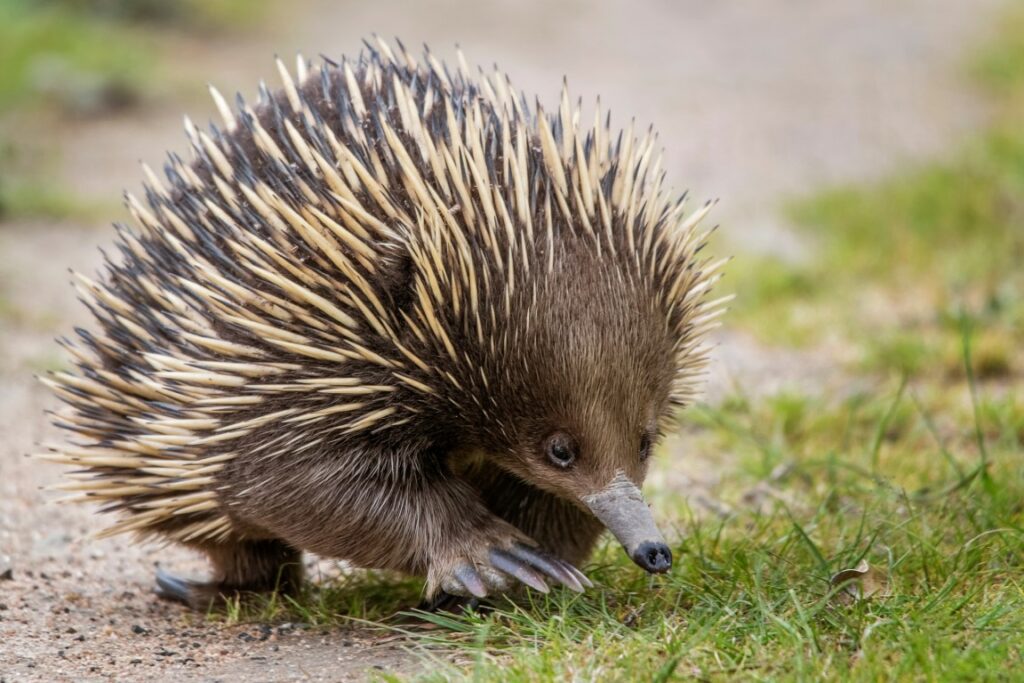
The oldest animals still alive today
Table of Contents
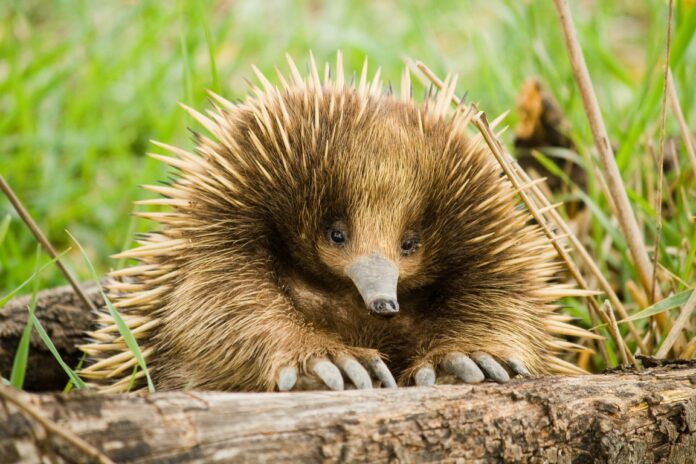
On our planet, thousands of species coexist on land, in the sea and in the air.
And while some of them are unfortunately on the verge of extinction, others have been present for millennia.
Of course, the evolution of the animal kingdom has brought about some physical, behavioral and/or genetic changes.
Meet 10 pan chronic animals, known or unknown, with ancestral origins.
The lizard shark
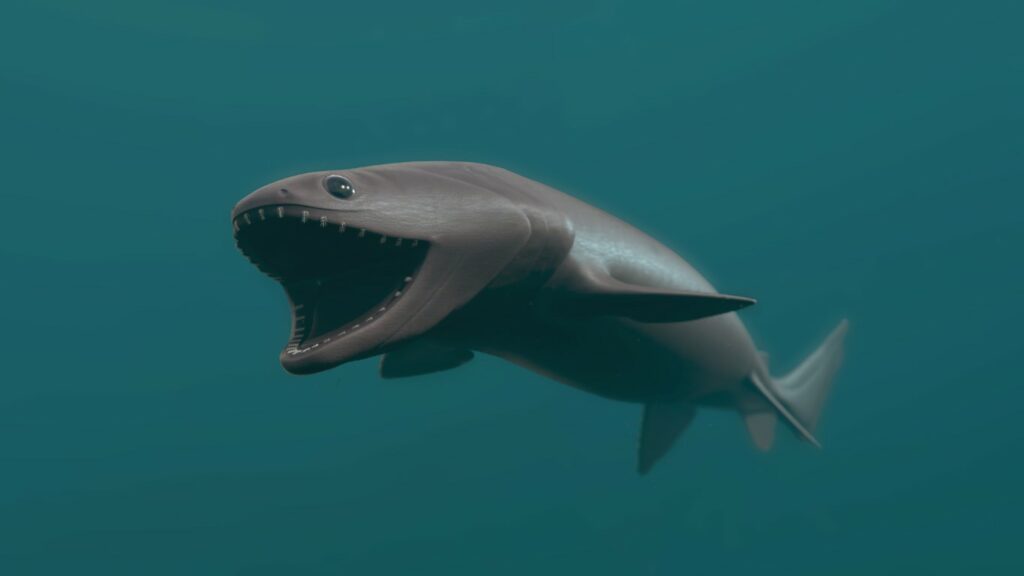
Spread between the Pacific Ocean and the Atlantic, the population of lizard sharks is difficult to observe.
Indeed, this species of shark can live up to 1570 meters deep.
Appearing on our planet 150 million years ago, its body has changed very little since then.
Its jaws have 300 teeth, each one more pointed than the last.
2 meters long, its body folds up to better pounce on its prey, like a snake does.
The Triops
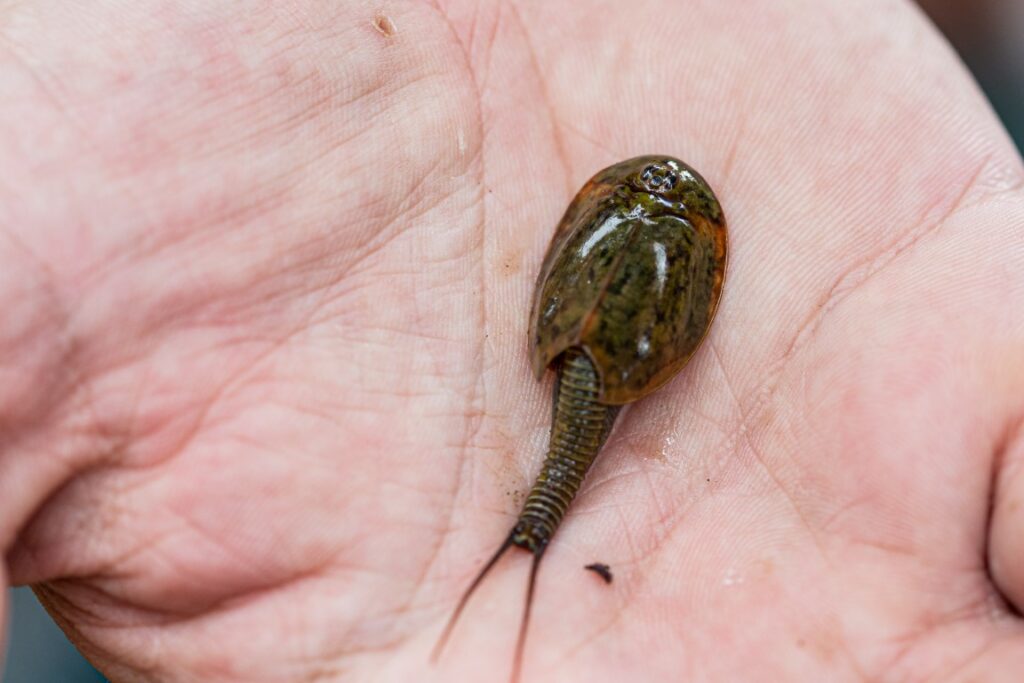
You have probably already heard of this small crustacean, which would have cohabited on Earth with the dinosaurs.
Fossils tend to prove that the Triops have been there for 200 million years.
Its name comes from Greek. It means “three eyes“. His body has hardly changed over the centuries. Microscopic at birth, it can reach 3 to 4 cm in adulthood.
Although it only lives for about 3 months, its eggs have the particularity of being able to stop their development for 27 years, if their environment is not optimal for them to hatch.
The nautilus
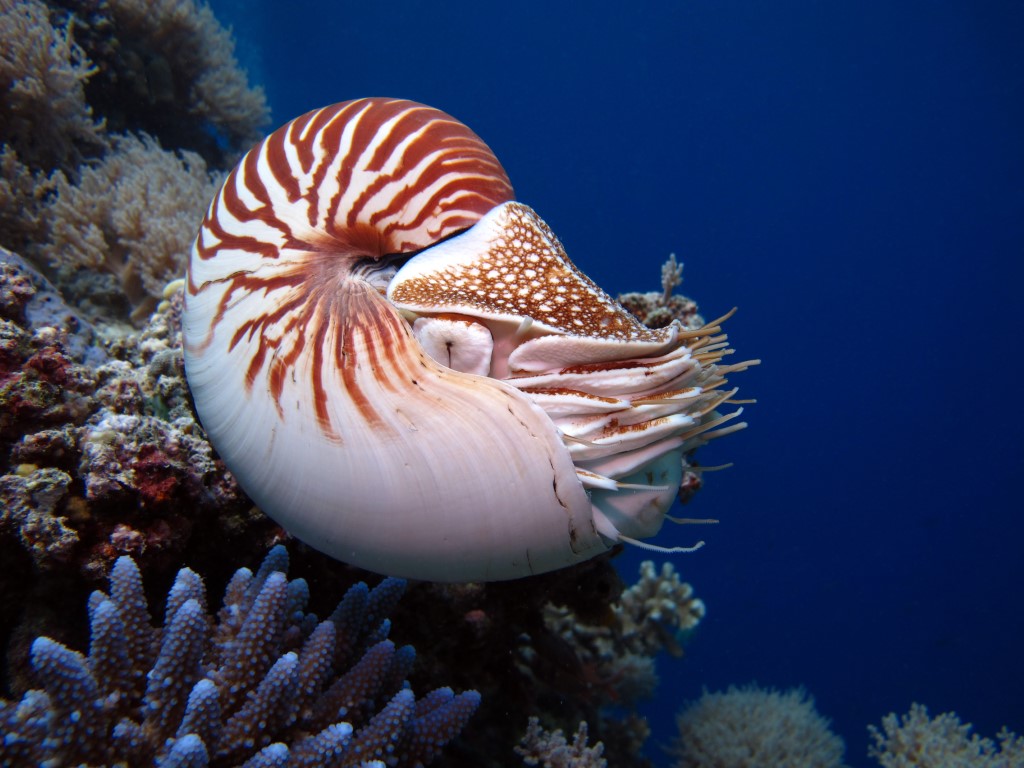
In the cephalopod family, most species have an inner shell.
The only exception to this rule is the nautilus, its shell being external.
For 500 million years, the nautilus has been evolving in the depths of the Pacific and Indian Oceans.
Its easily recognizable shape has changed little since its appearance during the primary era. Its size varies between 15 cm and 20 cm, the number of its tentacles also varying between 80 and 90.
This is one of the few species still alive today to have preceded the dinosaurs!
The echidna
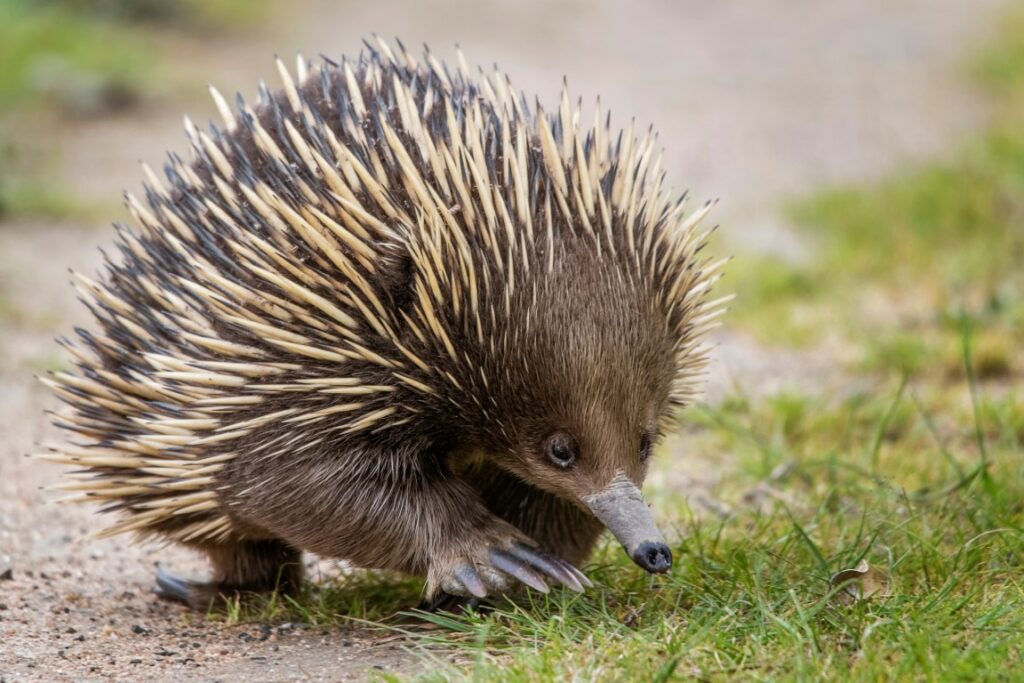
You may not know it, but some mammals lay eggs. Called monotremes, these amazing animals have only 2 species: platypuses and echidnas.
The echidna is a cousin of the large anteater. He lives in New Guinea, Tasmania, and Australia.
Whether long-nosed or short-mouthed, the echidna has lived on Earth for 17 million years, as proven by a fossil dated to this Miocene epoch.
Unfortunately, the echidna is now an endangered species.
Sturgeon
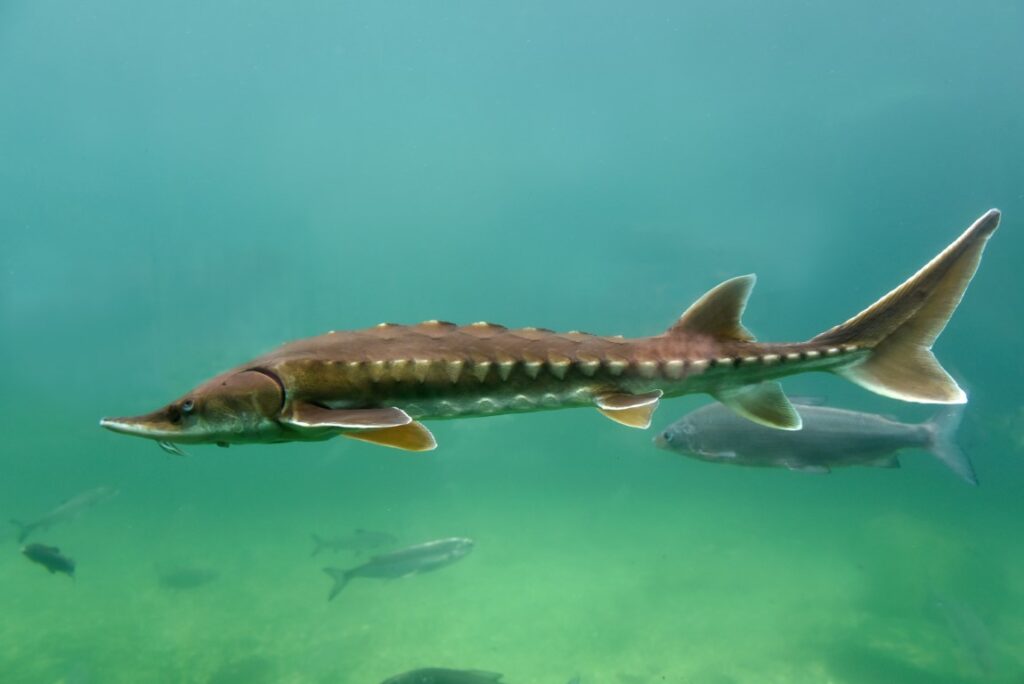
Swimming in the waters of the Northern Hemisphere, the sturgeon is also considered a pan chronic species.
This large fish, whose average size varies between 2 and 3 meters, is devoid of scales.
Instead of teeth, its mouth has 4 barbels. They serve as detectors to find its prey, before it sucks them up.
Now threatened by intensive fishing, the sturgeon has been present since the Late Cretaceous, i.e. for about 100 million years.
The jellyfish
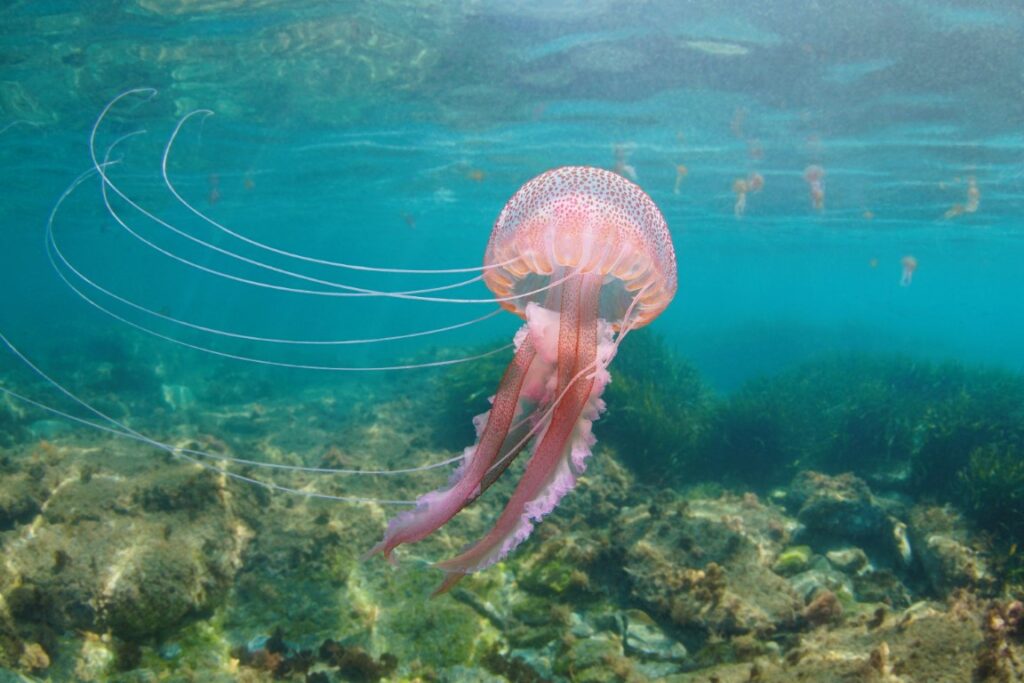
Thanks to DNA studies, this jellyfish, whose presence is dated to 700 million years ago, is now considered an ancestral creature of the animal kingdom.
Sphenodon
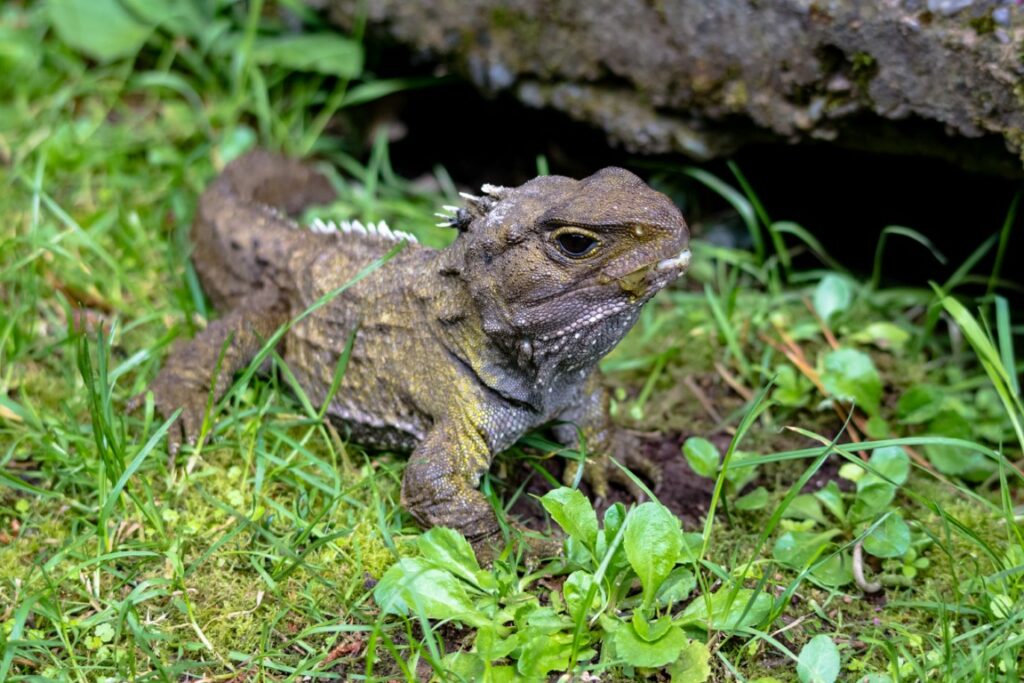
Halfway between a lizard and an iguana, the sphenodon is neither.
A cousin of the squamates, the sphenodon is now an endemic species of New Zealand.
But 200 million years ago, sphenodons were present on all continents!
Equipped with a third eye, whose role is not quite determined, sphenodon also has a fairly low metabolism. It measures an average of 60 cm and can live up to 60 years in its natural environment.
The Mars ant
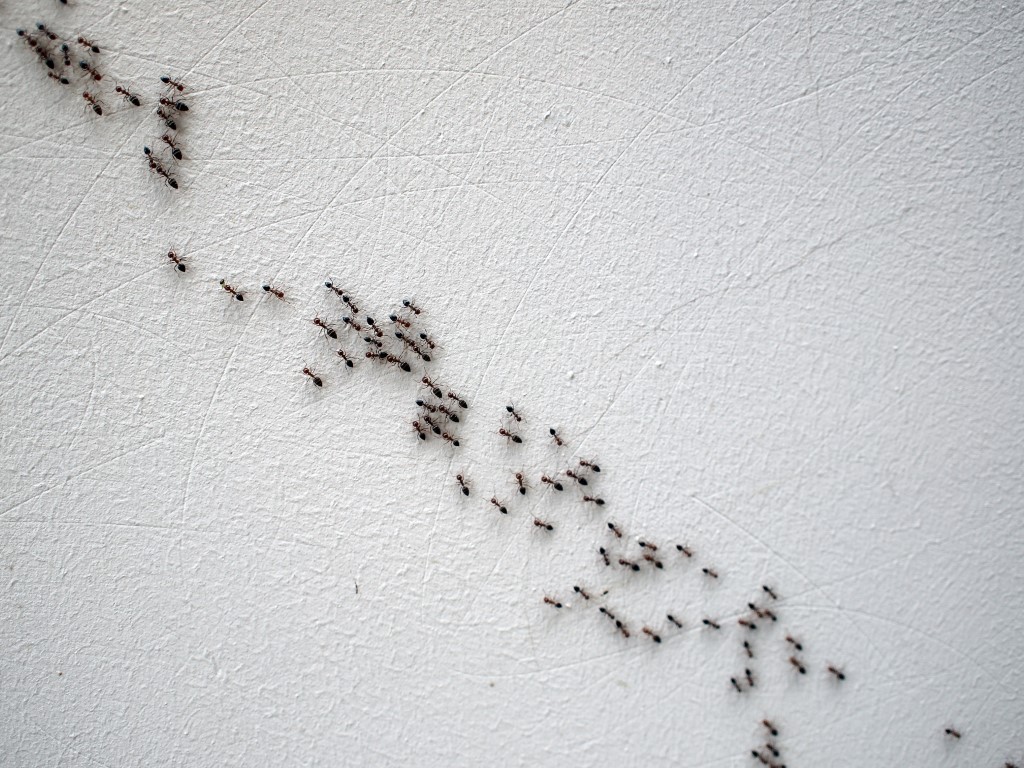
Although it has not yet revealed all its secrets, the Mars ant could be the origin of the long line of ants.
The Mars ant is nicknamed this because it is unlike any other ant.
Perfectly adapted to underground life, it is depigmented, has no eyes and a very long mandible.
120 million years ago, insects resembling today’s wasps evolved into various species.
Studies on this ant, the only specimen of which was discovered in 2003 in the Amazon rainforest, tend to prove that it is the ancestor of contemporary ants.
The Komodo Dragon

40 million years ago, the first monitor lizards appeared in Asia. 25 million years later, as Australia and Southeast Asia collided, these monitor lizards moved to what became Indonesia.
The cockroach

Insensitive to nuclear radiation, pesticides and extreme temperatures, the cockroach is resistant to any test.
This explains why a cockroach fossil dating back 130 million years has been found!
As for its ancestor, also common to the cockroach, it appeared more than 230 million years ago.
This list of the oldest animals still alive today is not exhaustive.
The animal kingdom contains many other species that were present on Earth long before humans.
But thanks to this little information, you now know a little more about these incredible creatures that have survived the centuries!



Thanks for sharing. I read many of your blog posts, cool, your blog is very good. https://www.binance.info/en-ZA/register?ref=JHQQKNKN